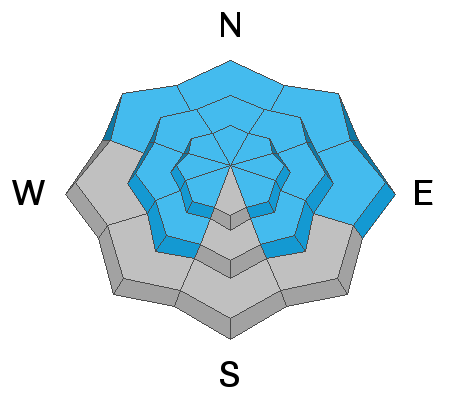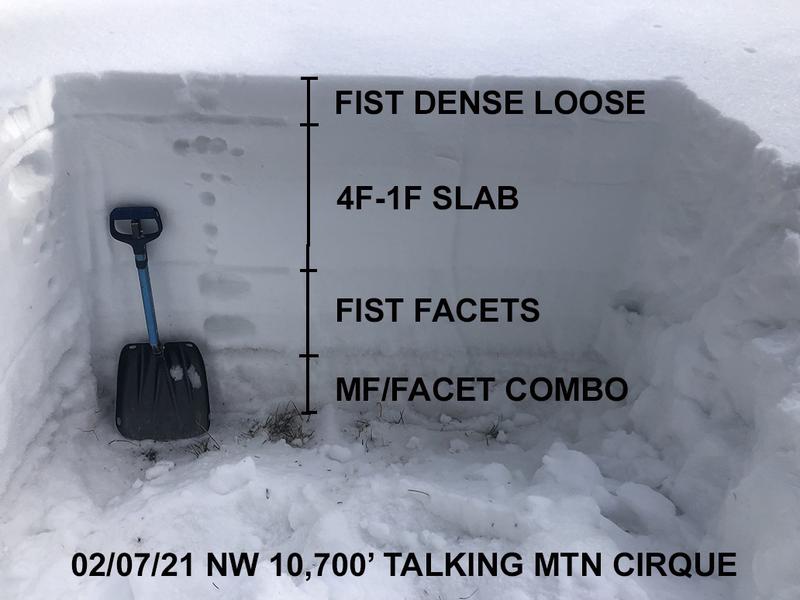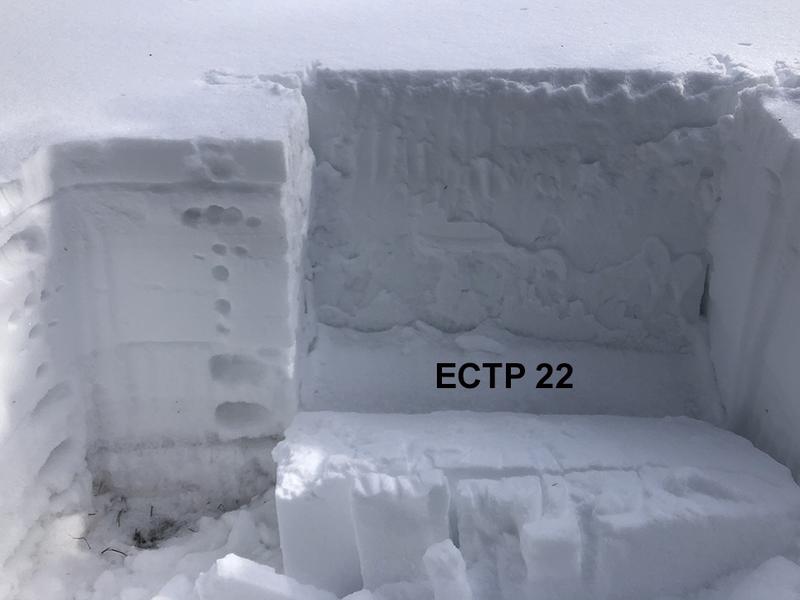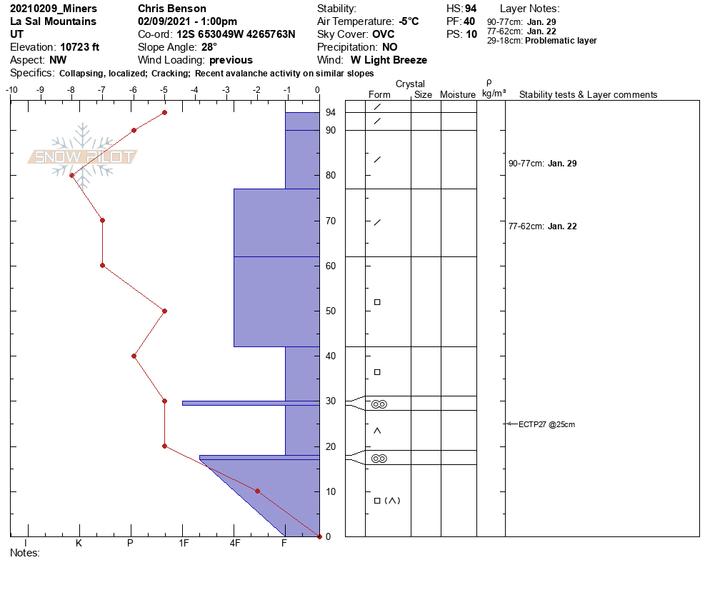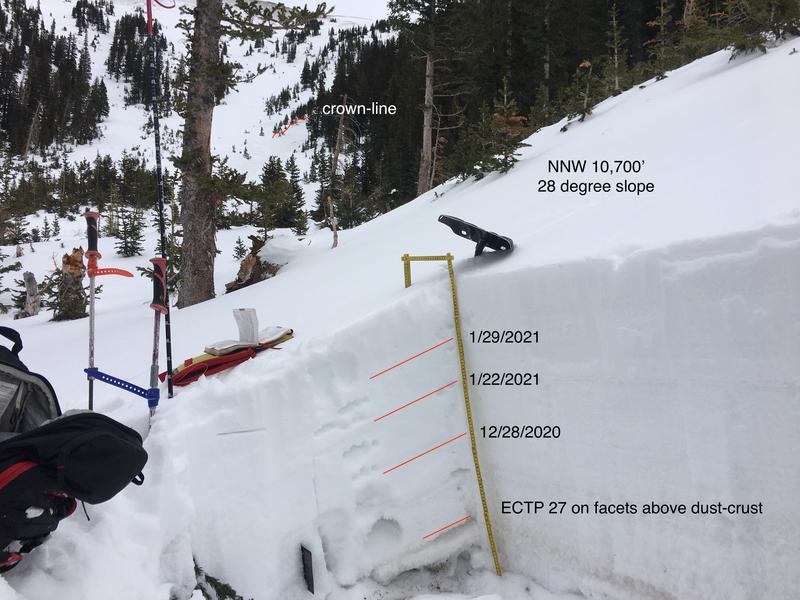Forecast for the Moab Area Mountains

Issued by Eric Trenbeath on
Thursday morning, February 11, 2021
Thursday morning, February 11, 2021
The avalanche danger is MODERATE though you can still trigger deep and dangerous avalanches on steep slopes facing NW-N-SE. Above treeline, wind-loading over the past week has added additional stress to buried, persistent weak layers. As a result, the danger increases with elevation, as does the likelihood of triggering an avalanche. Less likely, but not impossible, are avalanches failing on drifted slopes with a more southerly aspect. Please consider what a MODERATE risk for dying really means. This is far from a green light, and unless you like playing Russian Roulette, continue to avoid steep, northerly facing terrain.
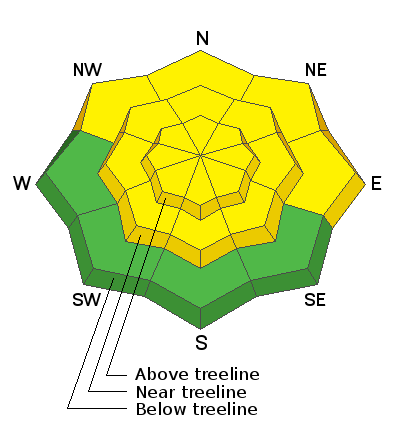
Low
Moderate
Considerable
High
Extreme
Learn how to read the forecast here


